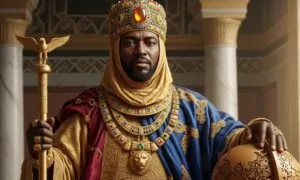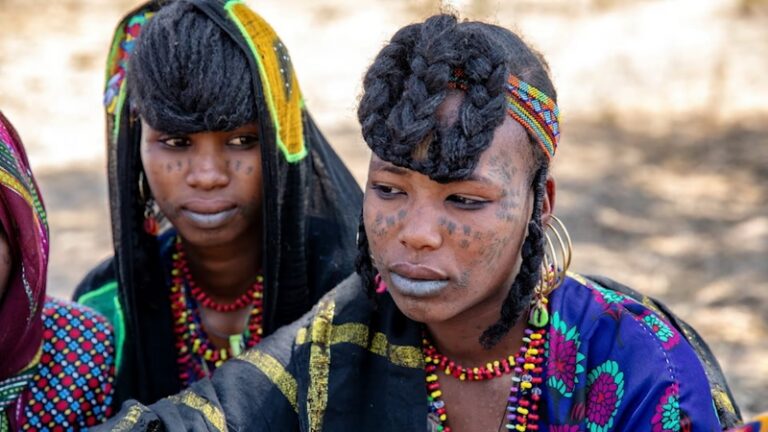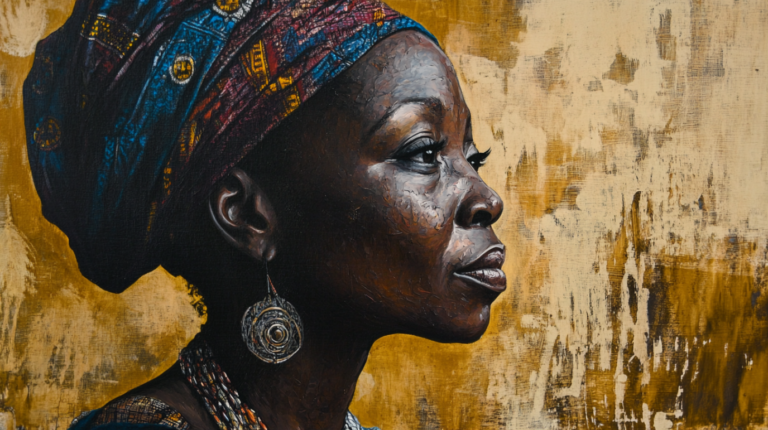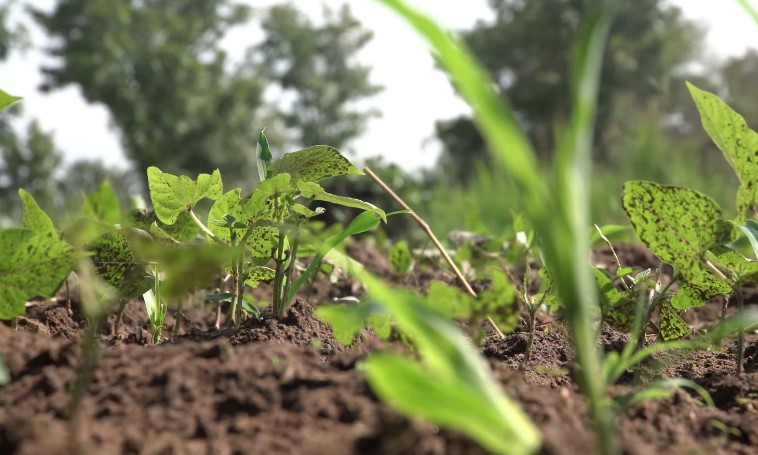
Hoodoo and Voodoo are often spoken of as if they were the same thing, a common mistake that overlooks their unique origins and meanings. While both grew out of African spiritual traditions carried across the Atlantic through the transatlantic slave trade, they evolved in very different ways once they reached the Americas.
Table of Contents
ToggleVoodoo, also spelled Vodou in its Haitian form, developed into a full-fledged religion with temples, community ceremonies, and a priesthood that maintains sacred rituals and relationships with the spirits known as lwa.
It blends West African spirituality with elements of Catholicism, forming a deeply communal faith centered on healing, respect for ancestors, and the balance between the visible and invisible worlds.
Hoodoo, on the other hand, is not a religion but a folk magic practice, a system of spiritual work and root-based remedies designed for personal power, luck, protection, and justice. It emerged primarily among enslaved African Americans in the southern United States, blending African herbal knowledge with Native American and European influences.
Hoodoo practitioners, often called rootworkers or conjure doctors, use natural materials like herbs, minerals, and charms to create change in everyday life.
Where Do They Come From?
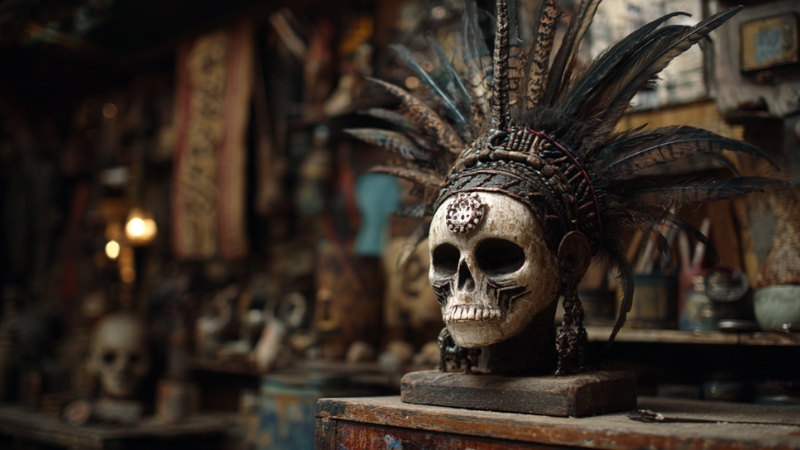
Voodoo traces its origins to the spiritual practices of the Fon and Ewe people of West Africa.
These practices were deeply rooted in animism and the belief in a supreme creator, along with a complex hierarchy of spirits that governed various aspects of life.
When the Fon and Ewe people were forcibly brought to the Americas as enslaved Africans, their religious customs merged with the beliefs and practices of other cultures, including the indigenous peoples of the Caribbean and the Catholicism of European colonizers.
- The spiritual traditions of West Africa were adapted to survive in the harsh realities of slavery.
- The integration of Catholic saints with African spirits was a way to disguise their true beliefs from oppressive European overseers.
Rituals and symbols from African and Catholic traditions were intertwined, allowing for the preservation of African spiritual practices in a foreign land.
It has evolved as a powerful form of spiritual resistance against the dehumanizing conditions of slavery.
In Haiti, for instance, Vodou became central to the Haitian Revolution, with practitioners using it as a source of unity and strength in their fight for independence from French colonization.
- Haitian Vodou became a symbol of cultural preservation and resistance.
- Louisiana developed similarly in the American South, influenced by French and Spanish colonialism but also by the local indigenous cultures.
Hoodoo, in contrast, developed within the African American communities of the Southern United States, and while it shares some roots, it is primarily a folk magic tradition rather than a structured religion.
After the transatlantic slave trade brought enslaved Africans to the U.S., their spiritual traditions were further shaped by interactions with Native American herbalism and European folk magic.
- Hoodoo emerged in a context of oppression and exploitation, allowing African Americans to assert some control over their lives.
- Unlike Voodoo, Hoodoo has no organized priesthood or formal religious structure.
- Hoodoo incorporates a wide variety of practices and tools, including the use of roots, herbs, oils, and candles.
While it lacks the organized rituals and communal worship seen earlier, Hoodoo became a vital tool for African Americans seeking protection, healing, and prosperity in a hostile environment.
It was often practiced in secret, with rootworkers (practitioners of Hoodoo) offering their services to those in need, performing spells to secure love, ward off enemies, or heal the sick.
Over time, Hoodoo became deeply intertwined with African American culture and identity, reflecting the community’s resilience and resourcefulness in the face of systemic oppression.
- Hoodoo provided African Americans with a means of resistance and survival.
- It drew on a rich blend of African, Native American, and European magical traditions.
- The practice remains focused on achieving tangible, everyday outcomes, like health, love, and protection.
Hoodoo is a practice that sparked a lot of interest among artists. Therefore, it has been explored in numerous novels, like “Hoodoo” written by Ronald L. Smith.
“You got to face your evil, Hoodoo,” Zeke said. “If people don’t face the danger that’s seeking them, evil will find them first.” – Ronald L. Smith, Hoodoo
Spiritual Beliefs and Key Figures
Now, let us talk about spiritual beliefs and key figures in both faiths.
Voodoo
In Voodoo, the universe is guided by a supreme creator known as Bondye – a name derived from the French Bon Dieu, meaning “Good God.” Bondye is seen as the ultimate source of all life, but also as a distant and transcendent deity who does not intervene directly in human affairs.
To bridge this distance, practitioners turn to the Loa (or Lwa), spiritual beings who act as intermediaries between Bondye and humanity. Each Loa governs specific aspects of life, such as fertility, love, justice, health, or work, and has distinct preferences for music, offerings, and symbols.
Devotees do not worship the Loa in the same way one might worship a god; rather, they serve them through devotion, respect, and ritual exchange.
The Loa are organized into families, the most well-known being the Rada and Petro spirits:
- Rada Loa are often calm, ancestral, and benevolent. They are associated with qualities like peace, stability, and fertility.
- Petro Loa, in contrast, are fiery, assertive, and protective – they are called upon in times of conflict, danger, or when strong action is needed.
Ritual ceremonies form the living heartbeat of Voodoo practice. Through music, drumming, dance, and offerings, practitioners invite the Loa to “mount” or possess a devotee, a sacred moment when the spirit enters the physical body to communicate directly, offering healing, wisdom, or guidance.
These gatherings are not only spiritual events but also vital expressions of community, history, and identity.
Hoodoo
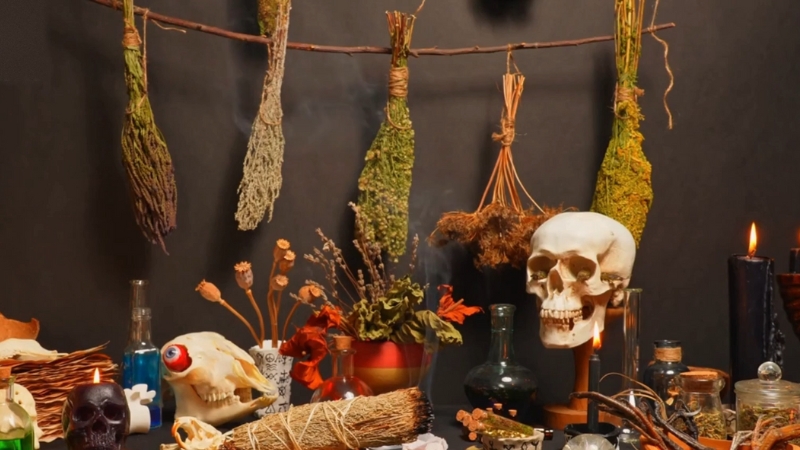
Unlike Voodoo, Hoodoo is not a religion but a folk spiritual practice rooted in personal empowerment. Its focus lies in using spiritual energy and natural materials to shape outcomes in everyday life, for love, luck, prosperity, protection, or justice.
Hoodoo draws heavily on ancestral reverence. Practitioners honor their forebears, believing that ancestral spirits can guide and protect the living. Alongside ancestors, biblical figures and saints are also central helpers.
This blending of African spirituality and Christian iconography reflects the ingenuity of enslaved Africans who merged traditional beliefs with the religious imagery available to them under oppression.
- Ancestral spirits are called upon for strength, wisdom, and safety.
- Saints and biblical figures are petitioned for specific intentions, for example, St. Michael for protection, or the Psalm of David for courage.
Hoodoo rituals rely on symbolic tools known as conjure items. Among the most recognized are mojo bags, small cloth bundles filled with herbs, roots, coins, and personal artifacts, each tailored to attract a particular kind of energy or outcome.
Lighting candles, preparing baths, or crafting oils and powders are also common acts of “spiritual work.”
While Voodoo is a structured religious system centered on the worship and service of divine spirits, Hoodoo remains a deeply practical path – focused on results, self-empowerment, and the belief that spiritual knowledge allows individuals to influence their destiny.
Key Rituals and Practices
Finally, let’s address rituals and practices in both concepts.
| Voodoo | Hoodoo |
|---|---|
| Highly structured, with large community gatherings | Focused on individual rituals and practical spellwork |
| Music, dance, drumming, and chanting are central elements | Uses herbs, roots, candles, oils, and personal items for rituals |
| Rituals honor the Loa and seek blessings or guidance | Items are selected based on symbolic and spiritual significance |
| Offerings include food, drinks, and candles to show respect to the Loa | Rootworkers create personalized “fixes” or spells for specific needs |
| Participants may be possessed by the Loa during ceremonies | Emphasis on achieving practical outcomes, such as healing, protection, or love |
| Ceremonies serve both spiritual and communal functions | Rituals are private, often performed in secret or small settings |
Voodoo
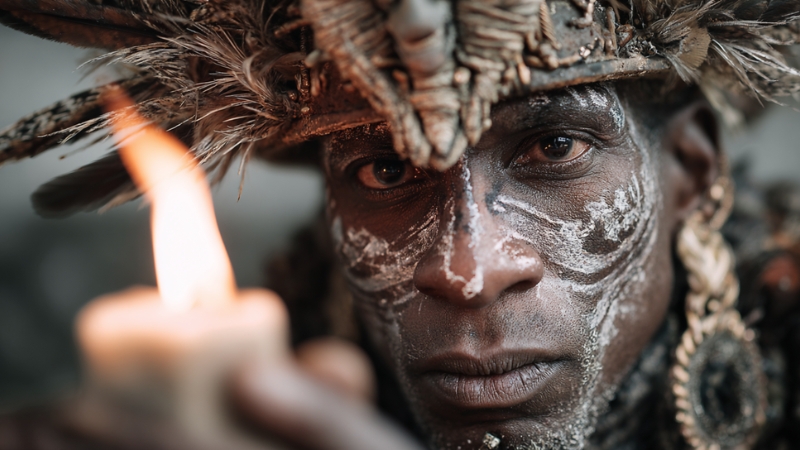
Participants may offer items such as food, drinks, and candles as acts of devotion and respect, hoping to gain favor or guidance from the spirits. One of the most significant aspects of ceremonies is spirit possession, where a practitioner may be chosen by the Loa to act as a vessel.
It allows the Loa to communicate directly with the community, providing blessings, advice, or healing. Rituals serve both individual and collective purposes, reinforcing the bonds between the spiritual world and the community.
Hoodoo
Each material is chosen for its symbolic properties. For example, certain herbs might be used to attract love, ward off evil, or heal sickness. Hoodoo practitioners tailor their rituals to the individual’s needs, creating what is known as “fixes” or spells designed to address a particular issue.
These rituals are often performed in private, reflecting the individualistic nature of Hoodoo. Rather than seeking to commune with spirits, Hoodoo focuses on manipulating spiritual forces to bring about concrete, practical changes in a person’s life.
The Bottom Line
@pbsdigitalstudios You may have heard about Hoodoo and Voodoo, but what’s the difference? @tankandthebangas @PBS #voodoo #hoodoo #culture #spirituality #africa #tank #tankandthebangas ♬ original sound – PBS Digital Studios
Although Voodoo and Hoodoo are often mentioned in the same breath, they stand as two distinct spiritual paths shaped by different purposes, beliefs, and histories.
Voodoo is a structured religion, a living faith with temples, ceremonies, and a deep relationship with divine spirits known as the Loa. It connects people to the sacred through ritual, music, and community, offering a sense of identity and continuity that reaches back to West Africa and across generations of the diaspora.
Hoodoo, by contrast, is a folk magic tradition, a personal, practice-based system rooted in empowerment, protection, and survival. It draws from ancestral wisdom, herbal knowledge, and spiritual creativity to help individuals take control of their lives and circumstances.
Both are powerful expressions of African heritage and resilience. They reflect how people, even under the harshest conditions of slavery and displacement, preserved their spiritual strength and found ways to reshape their destiny.
Related Posts:






